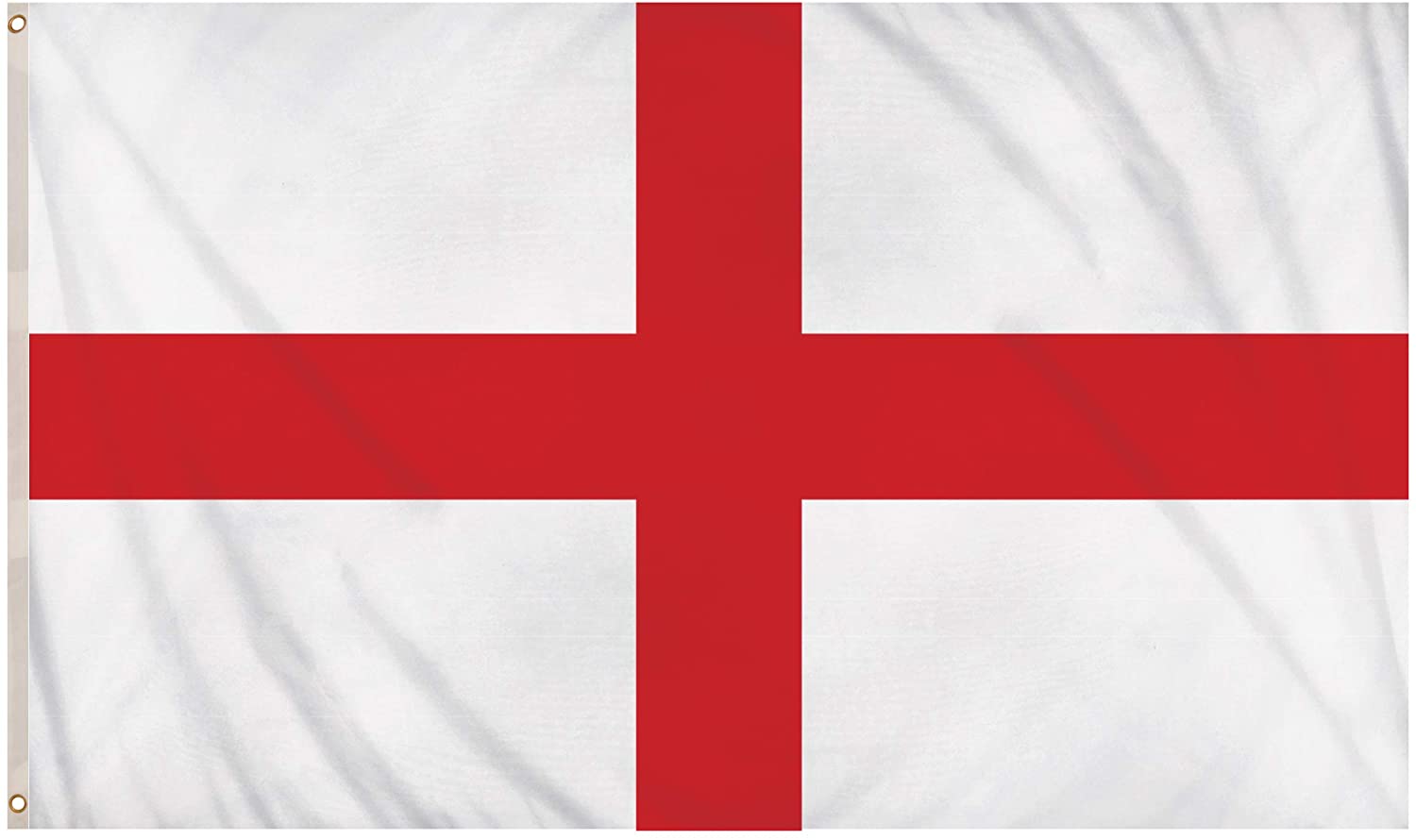The flag of England is known as the St. George’s Cross and is a red cross on a white background. The cross has been in use since at least 1277, when it was used to represent England in the Battle of Lewes, and was first used as an official emblem by King Henry VIII in 1538.
The last flag of England is called the Union Jack. It has three different colors: red, white and blue. The flag also has a cross of Saint George on it.
The Union Jack is a British symbol that stands for the union between Scotland, Wales and England.
History and Meaning of the Flag of England
The national flag of England is the St. George’s Cross, a red cross on a white background. The origins of the flag are obscure and there are various theories about it’s development.
The earliest known reference to the use of a cross as an emblem for England is in the work “De Excidio et Conquestu Britanniae” by the monk Gildas (c. 540).
The first clear reference to a flag being used to represent England comes from Richard III’s ship, “Rouen”, in 1485.
The red cross of St. George on a white background, known as the “St. George’s Cross,” was adopted by King Edward III of England in 1348 during the Hundred Years War against France. The flag was used in battle against France and became a symbol of English patriotism and nationalism, hence becoming the national flag. The flag of England is one of the oldest national flags in the world today.
Its history dates back to at least 1277 when it was first used by Edward I during a campaign to conquer Wales.
The Union Flag was created in 1606 by King James I, when he combined the flags of Scotland and Ireland with that of England into one larger Union Flag.
The current design of the flag was adopted in 1801 by the Act of Union with Scotland, and was used extensively during the Napoleonic Wars. The history of the flag is somewhat controversial. It has been claimed that it has various origins, which were then combined into one story.
The Role of the English Flag in British Culture
The English flag is a symbol of the United Kingdom. It is made up of three crosses: the cross of Saint George, the cross of Saint Andrew, and the cross of Saint Patrick.
The red cross on a white background is known as the Cross of Saint George. The red cross symbolizes England’s patron saint, while the white background symbolizes purity and innocence.
The Cross of Saint Andrew is a diagonal white cross on a blue background. It was introduced by King James VI to represent Scotland in 1606 after he became king following Queen Elizabeth I’s death.
The blue background represents Scotland’s patron saint, St Andrew, who was martyred for his faith on an X-shaped cross.
The Cross of Saint Andrew is the unofficial flag of Scotland, used primarily by Scottish nationalists.
The Scottish Saltire is a red saltire on a white field. It was first used in the 13th century, with the arms of King Alexander II of Scotland. The cross represents Christianity and its colors are those of the flag of Jerusalem, itself representing Jesus Christ’s kingdom on earth. The Flag of England has been the national flag since 1603.
There are many variations of the English flag including The Flag of Scotland which, in contrast to the English flag, features a single white cross on a blue saltire.
The English flag is the product of the Whitehall administration’s efforts in 1606 to find an emblem for England that would be recognizably different from that of any other nation. The Whitehall administration wanted to unify the two kingdoms of England and Scotland by displaying the new flag on ships flying the St. George’s Cross (which is itself derived from a military flag that had been in use for centuries), which was already being flown as a symbol of English identity since 1282.
For many English and Scots, the flag is a symbol of Britishness, but it also has deep historical roots. The Union Jack was for centuries used by various maritime nations including Great Britain and Ireland.
You may also like:

